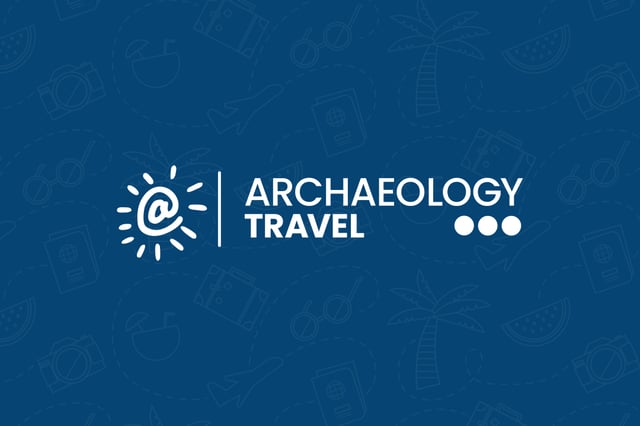Northwest Territories
Art, History & Archaeology Sites & Museums
Archaeology & History Sites in Northwest Territories
Bush Pilots' Monument
A stone obelisk located atop ‘The Rock’, a high rocky outcrop offering impressive views over the surrounding landscape, the Bush Pilots’ Monument commemorates those pilots who transported food and other supplies to the isolated community at Yellowknife before a reliable road system was established. Dedicated in 1967, the monument is located in the centre of the old town and remains one of the more popular tourist attractions for those visiting Yellowknife. Information boards relay information about the monument in both French and English.

Church of Our Lady of Good Hope
The Church of Our Lady of Good Hope in Fort Good Hope is an active place of Roman Catholic worship. Built in the Carpenter Gothic architectural style, its plain exterior conceals the elaborate decoration that can be found inside, with murals that combine traditional Christian symbolism with imagery of the northern environment. Construction on the church took place between 1865 and 1885, overseen by the Missionary Oblates of Mary Immaculate, especially the ethnologist Émile Petitot. Since 1977, the church has been recognised as a National Historic Site of Canada.

Ehdaa Historical Site
Located at the southwestern end of Fort Simpson Island, the Ehdaa Historical Site marks an area of importance for the indigenous Dene people, among whom it has long been used as a seasonal meeting place where ceremonies can take place, goods can be exchanged, and disputes resolved. Various archaeological features have been discovered at the site, accompanied by such visible aspects as a drum circle and a rock monument. It was also at this site that Pope John Paul II stayed during his 1987 visit to Canada.

Fort Reliance
Positioned along Great Slave Lake, Fort Reliance was established as a base for George Back’s Arctic Land Expedition in 1833. In 1855, James Anderson re-established a base at the site, after which it served for several years as a post for the Hudson’s Bay Company. In 1953, it was designated a National Historic Site of Canada. Although the site has largely reverted to its natural state, with trees and plants growing up around it, the ruins of several stone fireplaces can still be discerned amid the forest.

Fort Smith Mission Heritage Park
Fort Smith Mission Heritage Park encompasses a cathedral, a bishop’s residence, a storage shed, and several shops which were once part of the 151-acre Oblate Catholic Mission. The mission operated in Fort Smith from 1876 right through to the 1980s, and for a brief time was the capital of the Northwest Territories. Although many of the structures originally associated with the mission have been demolished, what is left gives an interesting insight into Roman Catholic proselytizing efforts in northern Canada – a topic of considerable ongoing controversy.

Hay River Heritage Centre
The Hay River Heritage Centre on Vale Island explores the heritage of those communities who have lived and worked along the Hay River. The collection includes material representing both the indigenous Métis and K’atl’odeeche Dene peoples of this area as well as the European Canadian settlers who have inhabited the region since the 19th century. Opened to the public in 2000, the small museum occupies a structure dating from 1948 that was formerly used as the local Hudson Bay Store. Special events take place throughout the year.

Museums & Art Galleries in Northwest Territories
Northern Life Museum
The oldest museum in the Northern Territories, the Northern Life Museum in Fort Smith explores the heritage and culture of communities living in the northernmost regions of North America, both indigenous and European Canadian. Over 17,000 artefacts are found within its collection, including material from the Inuit, Inuvialuit, Dene, and Métis peoples. Now comprising around 17,000 objects, the collection’s origins date from the 1950s, when Father Francis Ebner began soliciting material to prevent it being taken away by tourists. The gift shop sells artworks by a range of local indigenous craftspeople.

Ulukhaktok Arts Centre
Although not a museum per se, those looking for things to see and do in the Northwest Territories might consider a trip to the Ulukhaktok Arts Centre, a place which specialises in the sale of traditional Arctic objects. Most of the objects on sale have been created by local indigenous craftsmen using time-honoured methods and materials such as muskox qiviut wool and horn. The centre was previously known as the Holman Print Shop and a particular specialism are prints featuring traditional imagery created by indigenous artists.




